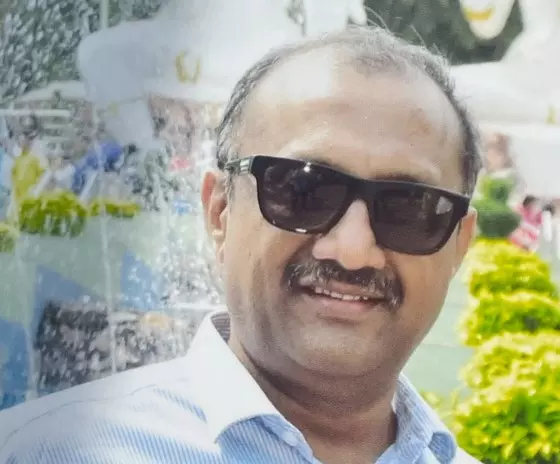How Cheyong Streamed Back to Life, Prosperity

Seoul(South Korea): “Initially people objected and resisted the project. Finally, they understood that improvements would help create prosperity and make Seoul a nicer place to live,” reads the plaque on the banks of the Cheyong Gye Cheon, an oldest stream in South Korea’s capital Seoul.
The story of the Cheyong Gye Cheon has a striking similarity with the Musi river that has been in the news ever since Chief Minister A. Revanth Reddy decided to revive and rejuvenate the polluted river carrying stinking water.
Cheyong was a natural stream during the Joseon dynasty between 1392 and 1910. Rapid urbanisation took its toll on the water body that was once regarded as a symbol of nation’s development and growth. The stream vanished over a period of time, only to be rejuvenated and brought to the present form with supplementation of water from the Han River.
With skyscrapers dotting the road on either side of the stream, aesthetically-designed stone bridges were built across the Cheyong. Young and old alike were seen taking a stroll on the banks on a wintry afternoon.
“We just arrived yesterday night and the first thing we are doing is taking a stroll,” said Gervais, a French national who was walking along the stream with his wife. Children were seen dipping their hands in the clean waters.
“Displacement around this area took place twice,” explained Kewin Lee, a septuagenarian local resident. He attributed the success of the development to the tough stand taken by the dictators who ruled South Korea for two decades in the 1960s and ’70s with what he said was a long-term vision for economic development.
Post the Korean War in 1953, people from rural areas migrated to Seoul in search of employment and a better living. They built makeshift houses along the Cheyong, reducing the area to a shanty town.
In 1958, the local government started covering the stream with concrete and, 20 years later, built an elevated highway to provide connectivity between the downtown and newer city areas.
However, with Seoul citizens demanding recreation and lung space, and the elevated expressway developing structural instability, the Seoul metropolitan government decided to restore the stream with an objective of “forming a human-centred and eco-friendly urban area” that also helps revive historical values.
There was a resistance, this time from local shopkeepers and property owners. After several rounds of negotiations, the local government in 2002 began the rejuvenation by demolishing the elevated highway and removing the concrete cover. Thanks to availability of funds and cooperation from the locals who were convinced of the ripple effect, the stream was brought to life in just three years.
According to estimates, at least 50,000 people including foreign tourists visit Cheyong every day. Real estate prices jumped after rejuvenation, said T.K. Kim, a certified Korean-English translator, who takes tourists on a trip down Cheyong Gye Cheon.
“Our Chief Minister Revanth Reddy’s vision is to rejuvenate Musi, restore its historic values and achieve a massive economic development in the capital city,” said revenue and I&PR minister Ponguleti Srinivas Reddy.
The Chief Minister had visited the stream during his Seoul visit. “We can augment Musi with Godavari waters from the Mallannasagar,” Srinivas Reddy said, adding that the Musi project would change the face of Hyderabad and make it a global city with a $600 billion economy.

